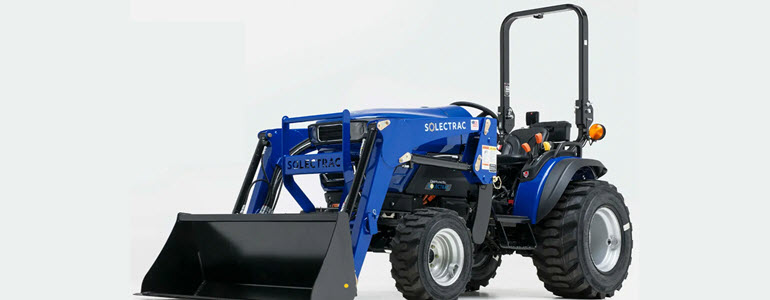
Will electric tractors become commonplace in farming? The transition to electric tractors is an exciting prospect for agriculture, but comes with significant challenges.
Tractorsrequire a lot of power due to the constant heavy loads they handle, unlike other construction or mining equipment which only intermittently deal with peak loads.
Tractors face three primary challenges in adopting electric power: they need batteries with a high energy capacity, the equipment has limited space for these batteries, and electric batteries will require the ability to recharge quickly during busy farming periods.
Currently, tractors use much more fuel than other machines of similar size, indicating their higher energy usage, which translates to larger battery needs.
Emerging battery technologies, such as solid-state batteries and silicon anode batteries, could potentially meet these needs.
They offer higher energy density, allowing more power to be stored in smaller spaces, and can handle rapid charging, which is ideal for tractors used intensively during planting and harvesting seasons.
However, these advanced technologies come at a high cost. For instance, the report from IDTechEx highlights the economic dilemma: the potential fuel savings from using electric tractors are substantial, but the initial investment in these high-tech batteries may not be recoverable due to their high costs compared to traditional battery types.
Despite these challenges, the agricultural sector continues to explore these technologies.
A recent report by IDTechEx suggests that while the market share for advanced batteries in tractors will grow, it will remain small compared to more established battery types like NMC and LFP, at least through 2034.
This ongoing research and gradual adoption illustrate the careful balancing act between innovation and practicality in modern agriculture.
